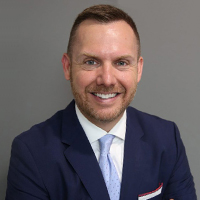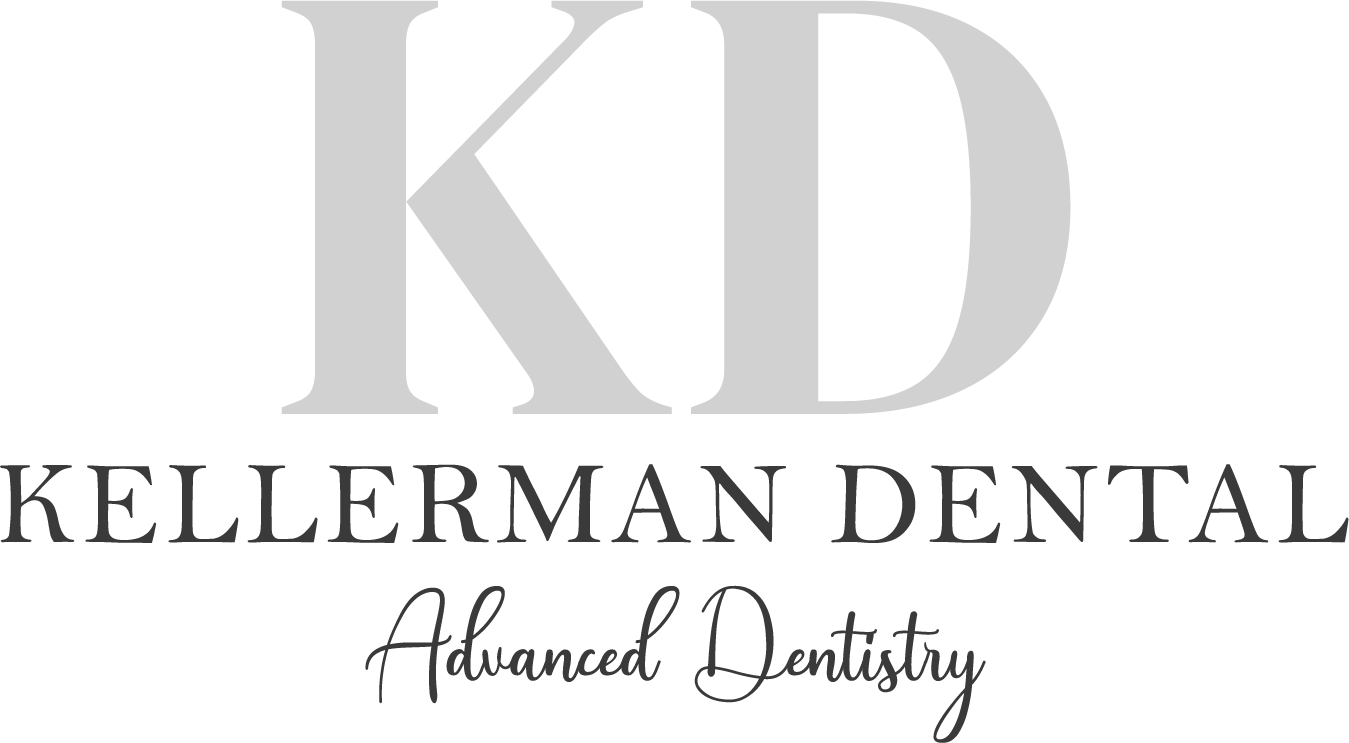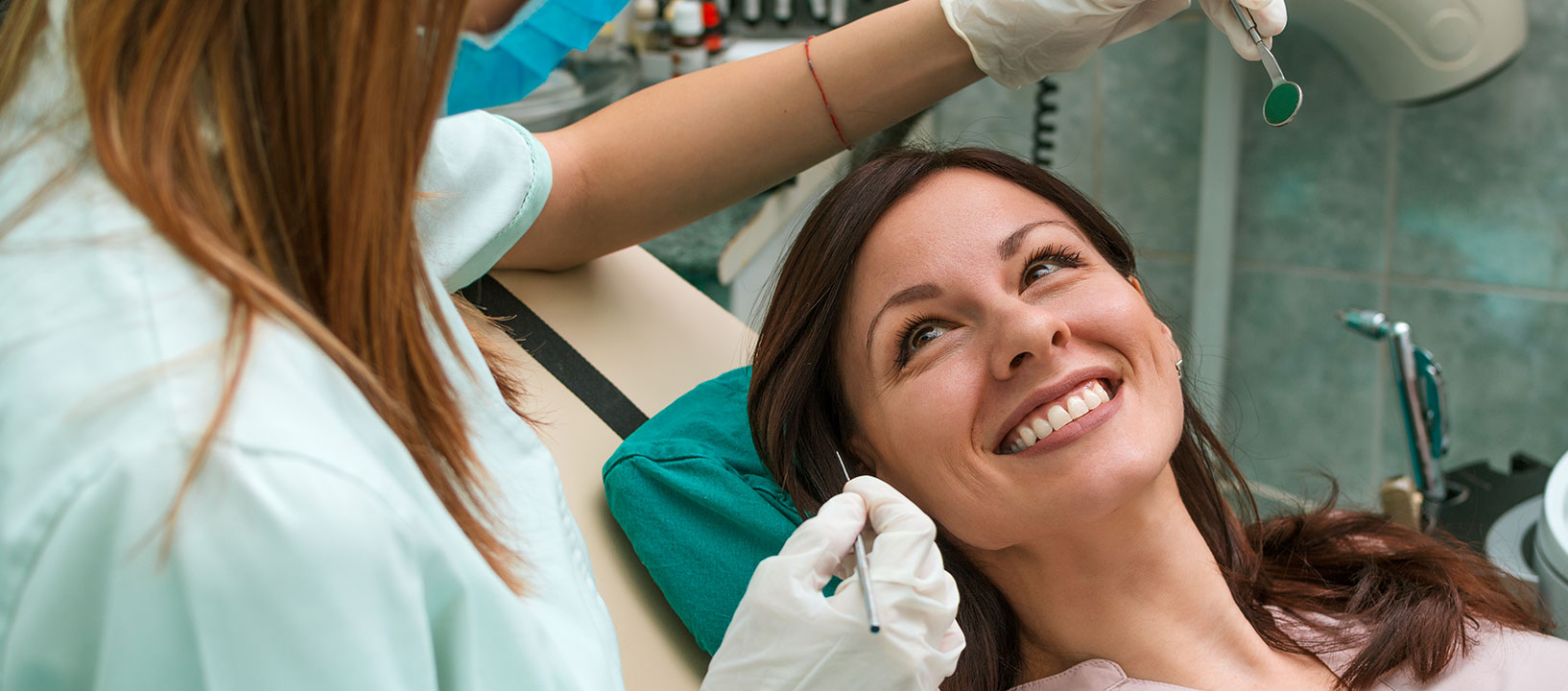
28
Jul
Is it Snoring or Sleep Apnea?

Many people are unaware of sleep apnea and its risks, but most are aware of snoring from firsthand experience. Sleep apnea and snoring are categorized as forms of sleep-disordered breathing (SDB) and can be treated similarly. There are multiple treatment options available, and as your dental provider, we can help educate you on your options.
Snoring occurs when the throat muscles relax, leading to the airway’s narrowing, which causes the throat’s walls to vibrate, creating the characteristic snoring sound.
Snoring affects roughly 90 million Americans. Both genders can suffer from snoring, though it is more common in males, particularly African-American and Hispanic men. Snoring can be a part of the normal aging process and continues to worsen with age. Other risk factors, such as obesity, alcohol use, sleep position, and respiratory infections, can also contribute to snoring.
A sleep apnea episode occurs when the airway closes and the body’s oxygen level drops. According to the National Sleep Foundation, more than 18 million Americans have a form of sleep apnea. The most prevalent form is obstructive sleep apnea (OSA). It’s defined when the throat walls collapse to the point where breathing stops for ten seconds or more. That can put a considerable strain on your cardiovascular system and can disrupt your sleep.
Sleep apnea is hard to diagnose without a test because symptoms occur during sleeping hours. A sleep study either obtained in a sleep laboratory or at home is reviewed by a sleep physician to determine if a patient suffers from sleep-disordered breathing and diagnoses the severity of the disease ranging from mild-severe.
Severe sleep apnea can cause serious, even life-threatening consequences if left untreated. These can include high blood pressure, increased likelihood of a stroke or heart attack, depression, weight gain, diabetes, and excessive drowsiness during daytime hours, leading to an increased chance of automobile accidents and poor job performance.
Treatments for sleep-disordered breathing include lifestyle modification (avoidance of risk factors), surgery, CPAP, and Oral Appliance Therapy (OAT).
Oral Appliance Therapy devices are designed to reposition the jaw forward and move the tongue forward when you sleep, expanding the airway for better airflow. Many people find this to be the most comfortable method of treating their snoring or obstructive sleep apnea. It is an effective treatment option for patients who suffer from mild to moderate sleep apnea.
Another form of treatment is Continuous Positive Airway Pressure (CPAP) which is the first treatment method prescribed for patients who suffer from severe sleep apnea. The CPAP is a machine with a unique nose mask connected to a pump that provides a constant airflow into the nasal passage to keep the airway open, preventing an obstruction from occurring.
There are various types of devices used to treat sleep apnea. We will work with you to find the best one to suit your needs.
Treating sleep apnea and snoring will improve your quality of sleep (and that of your spouse), prevent health risks associated with chronic sleep apnea as well as improve your overall quality of life. At Kellerman Dental, we have a full range of treatment options available to help your sleep apnea and snoring. We will work with you and prescribe the best treatment option for you! A good night’s sleep isn’t a dream; we can make it your reality!
source: www.dentalsleepsolutions.com

Dr. Kevin Kellerman is an alumnus of Pinckneyville Community High School, Southern Illinois University in Edwardsville, and SIUE School of Dental Medicine from where he obtained his doctorate.
A full-time dental practitioner, he also lectures on various topics. He is affiliated with many professional bodies including the American Academy of Implant Dentistry, American Orthodontic Society, Academy of General Dentistry, American Dental Association, Illinois State Dental Association, and the Glen Carbon/Edwardsville Chamber of Commerce.
Dr. Kellerman and team are known for higher levels of service and patient care and for utilizing advanced technologies in treatments. He also participates in community projects and believes in giving back to the community that he serves.


